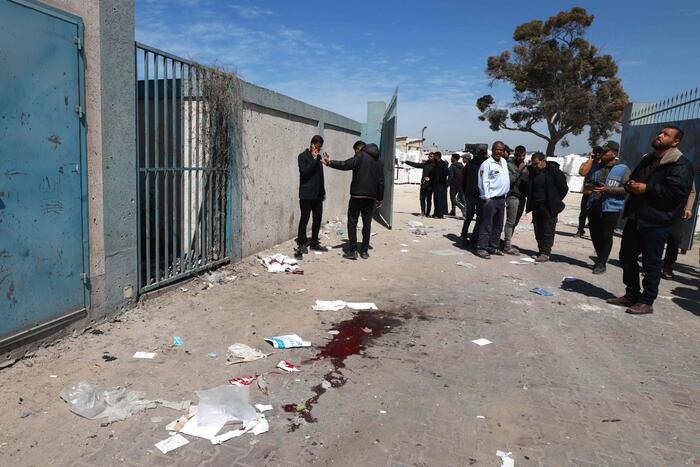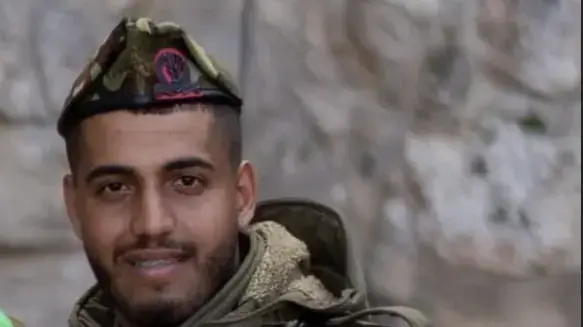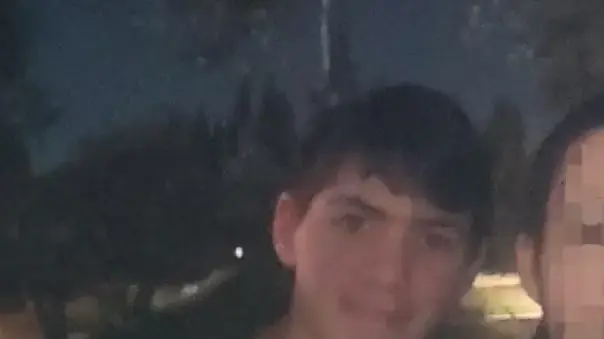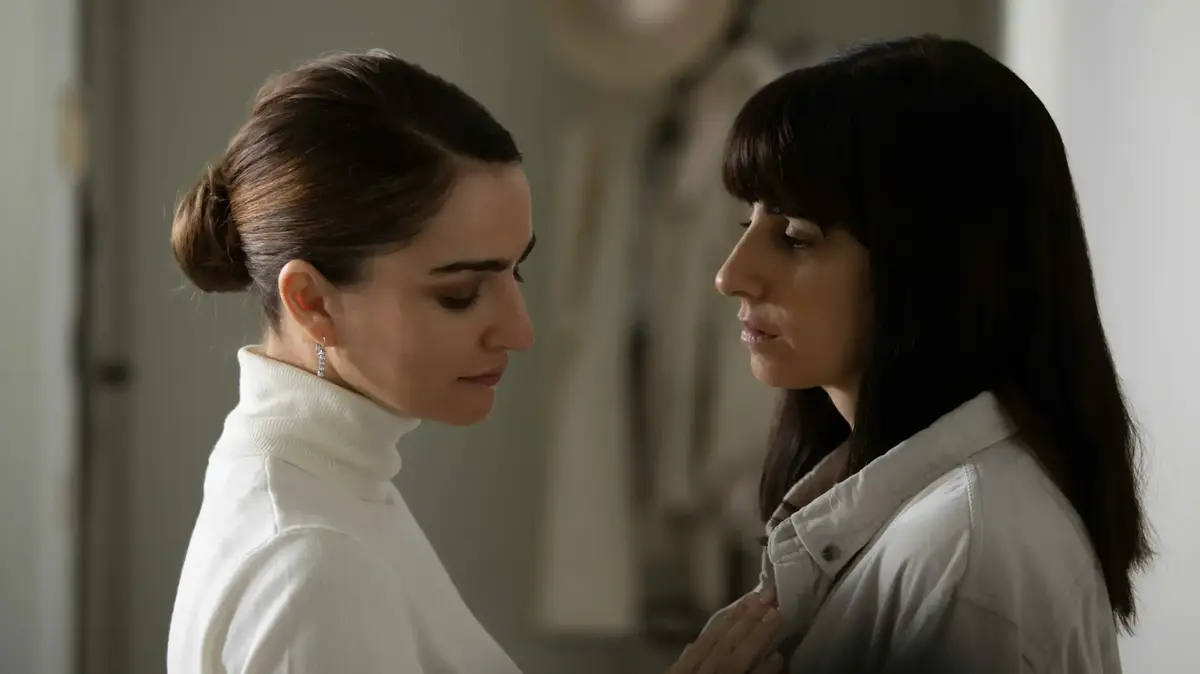Sequels are a fairly widespread phenomenon in the world of literature in general and in the field of children's and youth literature in particular.
However, it is quite rare to witness the publication of a sequel a decade after the publication of the first book, as in the case of Shoham Smit's "Yild Ir 2 - The Bicycle Thieves", which is published a decade after "Ilid Ir", both published by Kinneret Zamora Dvir.
Despite the significant time gap between the departure of the two, the transition between them is fluid, natural and immediate, as if they were written together.
"The Bicycle Thieves", also illustrated by Michal Bonanu, continues the description of the events of 12-year-old Amos, a boy on the verge of becoming a teenager, who lives in a big city with his parents and two sisters.
13 small stories that take place in an urban reality - bicycle theft, disappointment from a low grade, new and old relationships, social conduct, the shadow of the beginning of a first crush and the initial buds of puberty rebellion.
They are part of Amos' emotional world, which evokes empathy in this book as well.
Similar to her previous books, these two books also place on the table sensitive, courageous and controversial issues that invite thinking and family and classroom conversations.
Smith does a good job of describing a very realistic child, who rarely shares his feelings, is shy and wonders about value and moral issues.
The parental characters in the books are reliable and real characters who can also make mistakes, get angry, or rage, and this realistic presentation deserves special appreciation, because even though the author based them on her private life, she resisted the temptation and did not turn herself into a perfect and omniscient mother figure.
Realism is also expressed in describing different types of violence in a way that manages to be both direct and visible and safe and non-threatening.
A school principal's physical violence against a child is described in a chilling way that made me cringe, but Smith deliberately distanced the situation into a grandfather's childhood memory from his childhood in a faraway land.
Similarly, in one of the stories, a grandfather and grandmother themselves become victims of violence by a stranger in the writer, but this was avoided at the last moment thanks to the resourcefulness of the grandfather.
This difficult scenario is also presented to Amos and the readers as a story told in retrospect, and not as a frightening event in real time.
The description of the "zobor" ceremony that Amos' friends perform in honor of his birthday also describes a violent situation, but Smith does a good job of presenting the complexity of the situation through the large gap between the attitude of the parents, who dislike the ceremony and are horrified by it, and Amos himself who sees the event as a positive act of social attention, But secretly his heart is not completely satisfied with the occurrence.
Amos deals with weighty moral issues in the book, such as in the main story, where his bicycle is stolen again and again, and he goes with his father to buy stolen bicycles that are being sold by African refugees at the central station - a situation that is presented here in all its complexity, according to which there are no "good" and "bad" absolute
If violence is an unfortunate part of life, one of the chapters in the book is helpful in describing dealing with things that are dirty and not photogenic - unclogging a sewer, for example, as Amos does under the inspiration of his mother.
Smith seems to hint to us that life consists of these as well, which are usually depicted as devoid of glittering filters.
The connection to real life emerges even more strongly in the two heartwarming chapters that close the book, "Imagined conversation with the readers of the book", a text in which Smith tries to transfer to the script a little of her extensive experience in conversations with children and explains the tension between truth and fiction, between biographical truth and narrative truth, and "A few words from Amos" in which Yanai Katz, the author's real son, tells a little about his feelings regarding the publication of the stories based on things that happened to him in his childhood.
These two texts provide interesting material on the dialogue between truth and debate and allow young readers a glimpse behind the scenes of the craft of writing.
The fine brushwork illustrations by Michal Bonanno should be noted.
The black and white illustrations throughout the stories suit the book by being realistic on the one hand and restrained on the other.
In doing so, they manage to leave center stage to the words.
Shoham Smit / "City Boy 2 - The Bicycle Thieves"; Illustrations: Michal Bonano, Kinneret, 2022
were we wrong
We will fix it!
If you found an error in the article, we would appreciate it if you shared it with us









